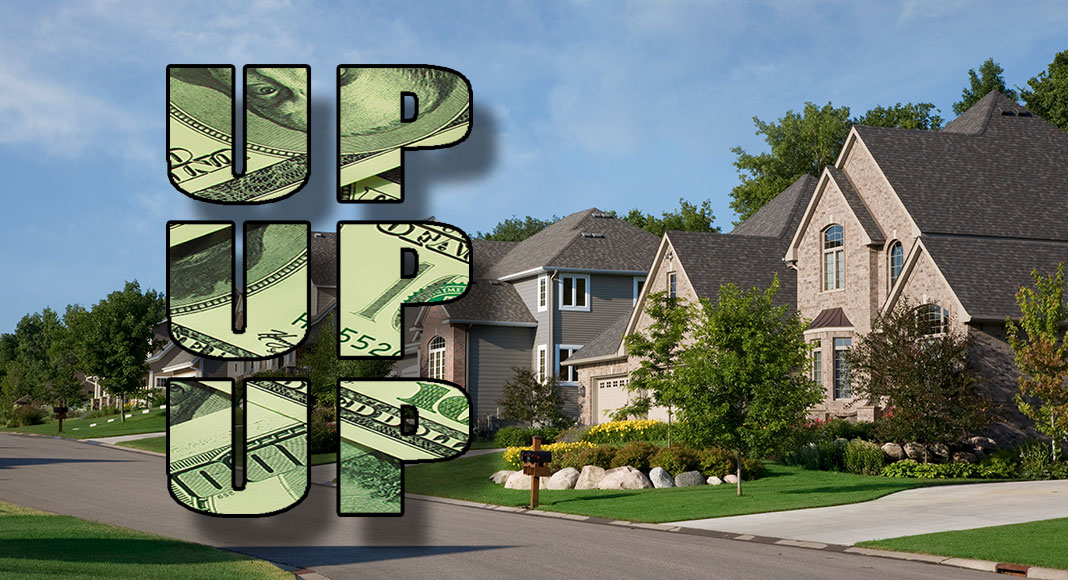
Texas Border Business
Housing prices are up. Way up! The robust market reflects a variety of factors, including population growth, job opportunities, and interest rates. During the pandemic, demand increased as people looked to upsize to allow more room for at-home work and/or school. Remote work also allowed many households to relocate, while stimulus funds helped many with down payments. At the same time, the pandemic slowed construction due to production shutdowns, logistics bottlenecks, and resulting shortages (and price increases) of some building materials – and a tight labor market didn’t help. In other words, in our highly complex modern economy, the basics of supply and demand are alive and well.
Several recent reports indicate the strength of this trend. The S&P CoreLogic Case-Shiller 10-City Composite Home Price Index shows June home prices up 18.5% over a year prior. This index tracks repeat sales of similar homes over time, thus reflecting appreciation over time rather than a change in the mix.
Reports from The National Association of REALTORS® (NAR) indicate increases are widespread, with 94% of 183 metropolitan areas tracked experiencing double-digit median sales price increases in the first quarter compared to last year. Nationally, the median sales price of single-family existing homes rose 22.9% to $357,900, an annual increase of $66,800. Austin-Round Rock-Georgetown saw one of the fastest rates of increase, a whopping 45.1%.
Stories of buyers paying far above asking prices are common, and tight supplies leave few options. It’s a difficult market unless you happen to be a seller and don’t need to buy something else. Moreover, the recent strong gains are pricing some buyers out of the market. Even with stimulus help and low interest rates, affordability is a problem, particularly for first-time buyers or those with lower incomes. The job market is recovering, and wages are rising, but not nearly as rapidly as home prices.
In addition, fears of a bubble are causing some concern, and the real estate crisis aspect of the Great Recession is certainly not forgotten. This time, however, the price growth is due more to a supply-demand imbalance than to speculative factors.
There are signs conditions are beginning to normalize. The US now has about six months of housing inventory, meaning that the current for-sale inventory would last about that long given the current sales rate if no additional new houses were added to the market. That’s up from just over three months last fall, which is about as low as it has ever been.
Healthy real estate markets are good for the economy, and rising prices increase the wealth of homeowners. At the same time, expensive housing obviously presents financial challenges for buyers. We seem to be heading toward a happy medium. Stay safe!
______________________________________________________________________
Dr. M. Ray Perryman is President and Chief Executive Officer of The Perryman Group (www.perrymangroup.com), which has served the needs of over 2,500 clients over the past four decades.














